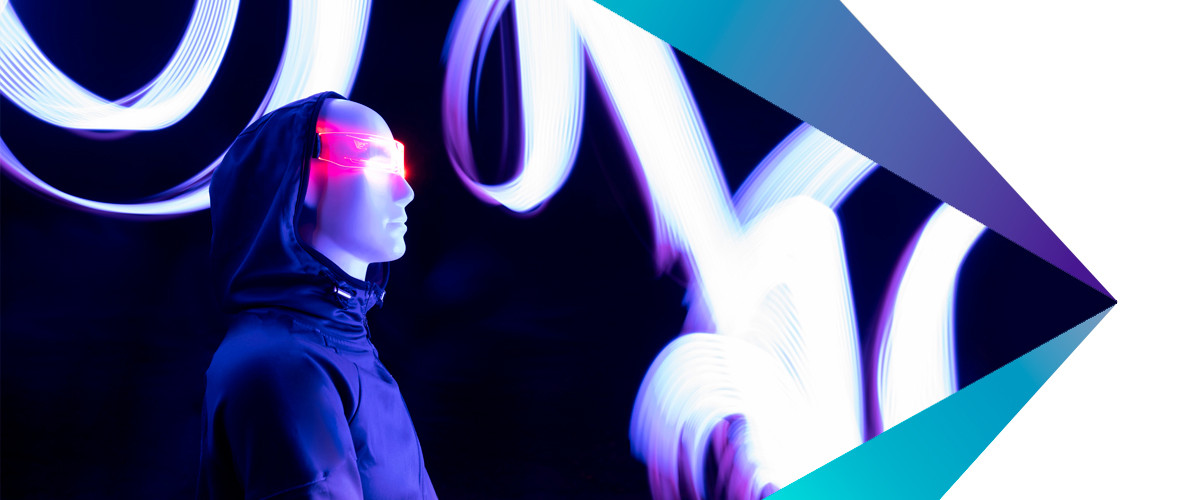May 18, 2023
Get ready for the gen AI skills shuffle
Businesses need to start thinking about how generative AI may change how a range of creative and white-collar work gets done.
In the news
Technology advances have always brought change to the workforce. Don’t take our word for it; ask your local farrier. What makes generative artificial intelligence (gen AI) different is that the jobs it will impact are less of the laborer type and more from the creative and white-collar professions. Now, it’s writers, coders, artists and generally anyone who generates net-new content who are looking over their shoulders.
What will ChatGPT, Microsoft Bing, Google Bard, DALL-E-2, OpenAI Codex and their offspring do for—and to—the skills required in tomorrow’s workplace?
According to one study, nearly 60% of top executives plan to increase their use of AI and automation, with one-third redesigning work to reduce their reliance on human workers. But many experts say generative AI’s true strength “lies in augmenting—rather than replacing—the work of employees.” To take just one example, a recent paper found that gen AI improved new customer service reps’ productivity 14%.
We wondered what strategies employers should use to ensure employees can best leverage the new tools.
The Cognizant take
Automation is old news in the workplace, points out Duncan Roberts, thought leader and futurist at Cognizant. It’s just that until fairly recently, “it’s mostly been about eliminating repetitive tasks. Data entry, for example, is already gone” as a marketable skill. Now it’s about roles and functions traditionally viewed as more creative.
Generative AI is to a writer as a calculator is to a mathematician, Roberts says: “Learning to use it will only make you more powerful.” But that learning is mandatory for those looking to remain viable. “ChatGPT isn’t going to take your job,” Roberts says. “But somebody who knows how to use it might.”
For those in creative professions, generative AI will increasingly be used to facilitate some rudimentary tasks such as “very basic copywriting,” Roberts says. But when it comes to writing that requires nuance and subtlety, he sees ChatGPT, Google’s Bard and similar software as assistants, not replacements. The same goes for the rapidly expanding set of tools in the visual arts.
Moreover, even as generative AI replaces some jobs, it will give rise to others. Roberts mentions prompt engineers, who specialize in ensuring AI-generated text prompts are accurate and relevant, as one. Moderating AI-generated content is another, as is training employees to use generative AI efficiently and effectively.
At the same time, businesses—and society at large—must also consider the impact of generative AI on creativity, generally. “The rise of mediocrity is worrisome,” he notes, in a world in which more and more content is created in the flat, personality-free tone of the ChatGPTs and Bards. In particular, he says, young people entering the workforce must learn deeper communication skills than generative AI can offer. “Sure, it’s a floor,” Roberts says. “But it’s also a ceiling.”
Understand the transformative impact of emerging technologies on the world around us as they address our most significant global challenges.
Latest posts
Related posts
Subscribe for more and stay relevant
The Modern Business newsletter delivers monthly insights to help your business adapt, evolve, and respond—as if on intuition



